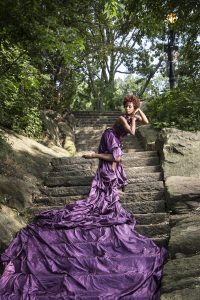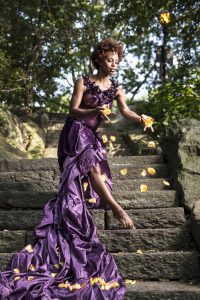Summer News, 2019
I’m delighted to announce that Wendy Steiner and Andrew Lucia’s real-time music visualization installation, Traces on the farther side, in which drawings are generated by the acoustic signals from my composition A flower on the farther side, has opened at the Venice Biennale. The music, for viols and electronic sound, was commissioned by the Fromm Foundation for my wonderful friends and collaborators, the viol consort Parthenia. It is a kind of fantasy inspired by Hildegard’s beautiful chant Alleluia, o virga mediatrix. In the visualization, marks are created on the screen in various colors, with the pigmentation and placement varying according to the pitch and volume of the sounds (which were recorded by Parthenia). The resulting imagery is abstract, but suggestive of flowers in a field, or a starry sky. The installation is at the Palazzo Bembo in Venice, and will run until November 30.

In other news, I have received a commission from The Composer’s Guild of New Jersey to create a new work for electric guitar and electronic sound, for guitarist Giacomo Baldelli. I’m very excited about this project! Giacomo is a great musician and a wonderful person. After hearing a performance by the incomparable Adam Tendler of my Still Life With Piano, over two years ago, he approached me about writing for him. I’m thrilled that now the project has become a reality! We’ll start working together at the end of the summer, and the piece will premiere in fall of 2020.









